Description
Shade Wildflower Mix
This mix of partial-shade tolerant annual, perennial, native, and introduced wildflowers is selected to grow well in many geographical areas. Many of these species prefer cooler, partially shady areas; however many are fairly drought-tolerant. You will find that this mix will adapt to varying microclimates within your planting area where different species will do better in one area and other species will do better in other areas.
Species in our Shade Wildflower Mix:
McKana’s Columbine – (Aquilegia hybrida) These large showy blooms have long spurs in various colors. A great woodland perennial for the naturalized garden These graceful perennials are a favorite of hummingbirds and hawk moths. The colors range from blue to red, violet, or purple and yellow.
Rocket Larkspur – (Delphinium consolida) Spikes of striking cobalt blue, pink or white spurred flowers will brighten gardens mid to late summer. These naturalized annuals are vigorous growers with prolific blooms towering over feathery foliage.
Shasta Daisy – (Chrysanthemum maximum) The full, sparkling-white flowers are familiar in gardens and meadows everywhere.
Chinese Forget-Me-Not – (Cynoglossum amabile) Hardy, bushy plants with greyish-green, pointed leaves and clumps of extremely bright, blue flowers.
Candytuft – (Iberis umbellata) Candytuft is an easy-to-grow introduced wildflower with clusters of tiny, deep pink, violet to white flowers and fragrant. The foliage is deep green and glossy growing close to the ground.
Sweet William Pinks – (Dianthus barbatus) With clusters of dainty rose, pink, and white flowers and delightful scent, these colorful perennials are a standard for classic wildflower gardens.
Purple Coneflower – (Echinacea purpurea) A hardy, long-lived perennial with large flowers with purple-pink petals surrounding a dark, distinctive cone-shaped center on tall, sturdy, hairy stems.
Mountain Garland – (Clarkia unguiculata) This showy California native is often found in woodland areas where the quick-growing mass of pink flowers is sure to catch the eye. The ruffled flowers in shades of pink to reddish-purple are displayed along leafed, waxy stems.
Baby Blue-Eyes – (Nemophila menziesii) A spring-blooming annual wildflower that gets its name from the bright blue flowers on a low-spreading shrub-like plant with succulent stems.
Mixed Shirley Poppy – (Papaver rhoeas, Mixed) The red, pink, white and salmon flowers with single and double petal forms bring a burst of color to the spring garden.
Lance-leaf Coreopsis – (Coreopsis lanceolata) These have bright, yellow, daisy-like flowers with flat yellow center disks. These prefer full sun and good drainage but tolerate partial shade, a good plant for poor, dry soils.
Annual Baby’s Breath – (Gypsophila elegans) Clusters of tiny, simple, snow-white flowers on slender stems with gray-green foliage. Baby’s Breath annual grows quickly and blooms profusely, living only 5-6 weeks.
Chinese Houses – (Collinsia heterophylla) This California native has white to light purple flowers, stacked like a pagoda. Chinese Houses appreciate rich, moist soil and are a great addition to your butterfly garden.
Fairy Bouquet Snapdragon – (Linaria maroccana) Masses of jewel-like tiny purple-violet flowers with brilliant yellow in the ‘throat’ or burgundy with yellow or pink with white and yellow bloom continuously early spring to mid-summer.
Dwarf Columbine – (Aquilegia vulgaris) Dwarf garden columbine is a vigorous bloomer that is native to European gardens and is often called Granny’s Bonnet. The drooping bell-shaped flowers have strongly hooked spurs of white, red, violet and blue.
Tussock Bellflower – (Campanula carpatica) Beautiful dark blue bell-shaped flowers, often called Cup-and-Saucer, bloom continuously all summer. Low-growing, compact and great for rock gardens and along garden paths
Johnny Jump-Up – (Viola cornuta ‘Helen Mount’)
Zones: 2-8
Recommended Seeding Rates
(from lush to moderate coverage)
1 oz. 100 -150 sq ft.
4 oz. 375 – 500 sq ft.
8 oz. 750 – 1000 sq ft.
1 lb. 1,500 – 2,000 sq ft.
5 lb. 7,500 – 10,000 sq ft.
10 lb 15,000 – 25,000 sq ft.
25 lb. 1-2 acres (1 acre = 43,560 sq ft.)
For more information, check out our Wildflower Seed Planting Tips.


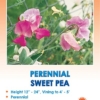
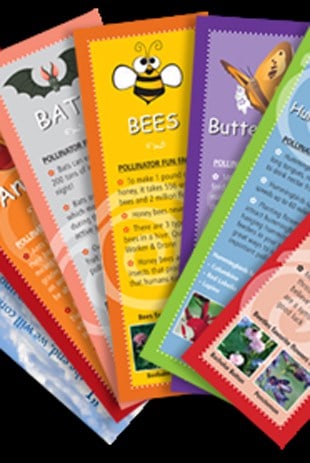
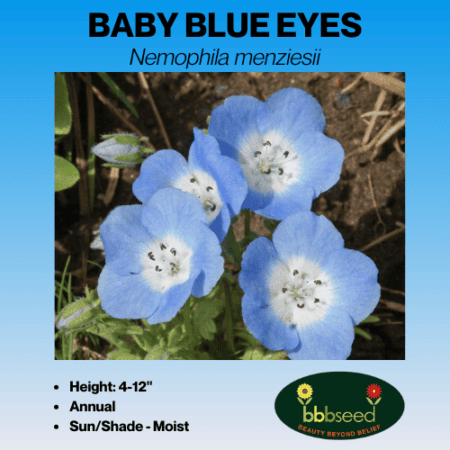
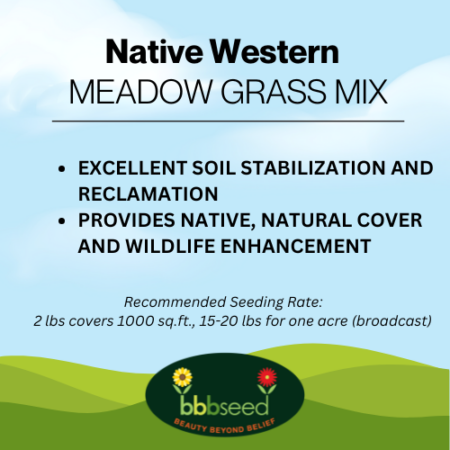
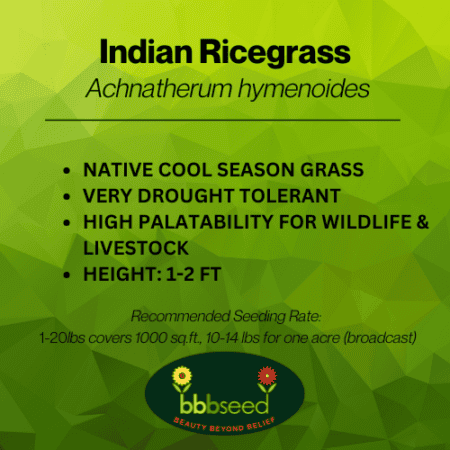

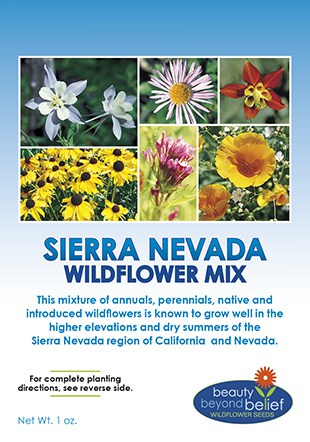

Reviews
There are no reviews yet.